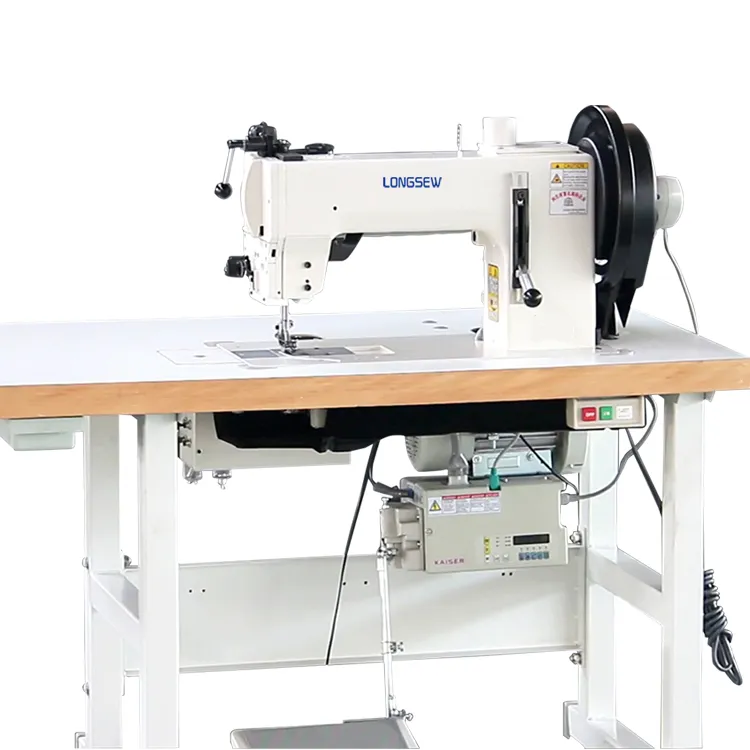what do overlockers do
What Do Overlockers Do?
Overlockers, often referred to as sergers, are specialized sewing machines that play a pivotal role in garment construction and finishing. Unlike traditional sewing machines, which are designed primarily for straight stitching, overlockers excel at creating neat and durable seams while providing edge finishing. This versatility makes them indispensable in both home sewing and professional garment production.
Understanding the Overlocking Process
At its core, an overlocker employs multiple threads—usually three, four, or even five—to create a stitch that wraps around the edge of the fabric. This not only prevents the seams from fraying but also enhances the overall appearance of the garment. The machine trims off excess fabric as it sews, ensuring a clean and professional finish.
The primary stitch created by an overlocker is the overlock stitch, which can be used for various purposes, such as seam construction, hems, and decorative edges. Depending on the configuration of the threads and the choice of stitch type, overlockers can produce a range of finishes, including rolled hems, flatlock seams, and chain stitches. This adaptability allows sewists to tackle different fabrics and designs with ease.
Advantages of Using an Overlocker
One of the main advantages of using an overlocker is its speed and efficiency. It significantly reduces the time spent on finishing seams compared to traditional methods. For those involved in high-volume sewing, such as clothing manufacturers, this time-saving feature translates into increased productivity. Additionally, the professional-quality finish produced by an overlocker can elevate the overall look of a garment, boosting its marketability.
what do overlockers do

Another benefit of overlockers is their capability to handle various fabric types, from delicate silks to robust denims. This flexibility is particularly advantageous for home sewists who enjoy experimenting with different materials but want to ensure their projects maintain a polished appearance. The ability to adjust stitch width and tension also allows for customized results, accommodating diverse sewing needs.
Overlockers vs. Traditional Sewing Machines
While traditional sewing machines are versatile and capable of performing a plethora of functions, they generally lack the ability to finish edges in the same manner as overlockers. This specialization means that in a typical sewing arsenal, having an overlocker complements a regular sewing machine rather than replacing it. Many sewists find that the combination of both machines allows them to achieve professional, high-quality results in their projects.
Maintenance and Care
Like any sewing machine, overlockers require regular maintenance to operate effectively. Keeping the machine clean, regularly oiling its parts, and changing needles and blades when necessary are essential practices. Most overlockers come with a manual that provides guidance on routine maintenance, and sewists should become familiar with these practices to prolong the lifespan of their machine.
Conclusion
In conclusion, overlockers are invaluable tools in the world of sewing, providing the ability to create durable, professionally finished seams. Their efficiency and versatility make them ideal for both amateur sewists and seasoned professionals. Whether you are crafting a simple cushion cover or designing a complex garment, incorporating an overlocker into your sewing toolkit can elevate your projects to new heights. As you explore the endless possibilities that these machines offer, you'll discover how they can enhance not only your sewing experience but also the quality of your finished products.
-
Industrial Cylinder Arm Sewing Machine: Revolutionizing Heavy-Duty SewingNewsJul.28,2025
-
Cylinder Arm Sewing Machine: Perfect for Special Sewing ApplicationsNewsJul.28,2025
-
Cylinder Bed Sewing Machine: Essential for Sewing Complex MaterialsNewsJul.28,2025
-
Heavy Duty Sewing Machine: The Essential Tool for Industrial ApplicationsNewsJul.28,2025
-
Computerized Pattern Sewing Machine: Revolutionizing Precision StitchingNewsJul.28,2025
-
Heavy Duty Industrial Sewing Machine: Power Meets PrecisionNewsJul.28,2025
-
Leather Sewing Machine: The Industrial Standard for Tough MaterialsNewsJul.18,2025





























